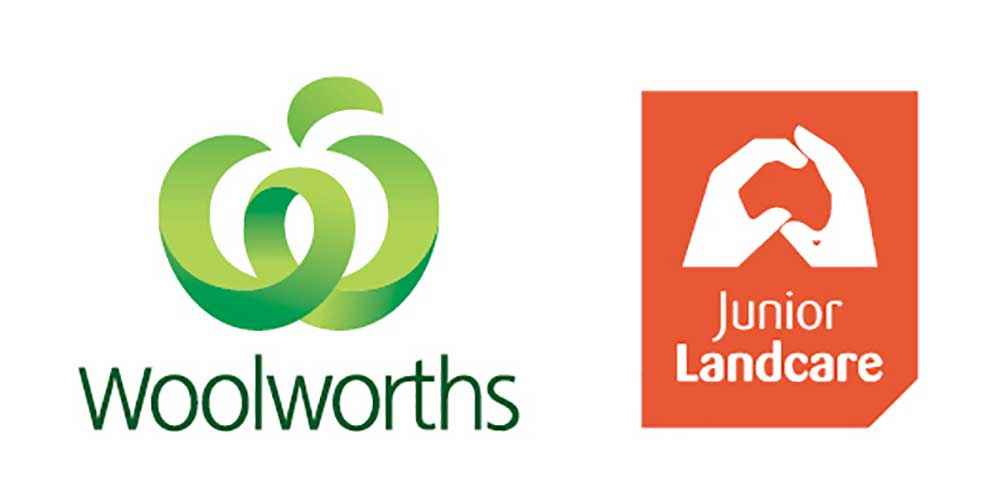Victorian Landcare Magazine - Spring 2019, Issue 76
This small school sits in the shadow of Hanging Rock, near Woodend. With just 140 students and eight staff, the school is achieving great results with its environmental and sustainability programs.
Russel Dyer is a science teacher at the school. He believes that a partnership with the Newham and District Landcare Group that began in 2006, and a commitment to student-led projects, have been critical to the school’s success.
“The major environmental issues in our area are habitat loss and fragmentation, weeds, and water quality. Our students have worked with the Landcare group collecting monthly Waterwatch data for more than 12 years. Each new cohort of students has quickly become skilled at the practical tasks of monitoring and recording data. They regularly report to the school community at assemblies and through Landcare group newsletters on water quality issues,” Russel said.
In 2018, the school became a 5-star Resource Smart School – recognition that it has adopted very high standards of sustainable practices. Sustainability projects are led by an enthusiastic group of year six students who apply to take on environmental roles. The students drive the school’s revegetation, propagation, waste reduction, energy use reduction, and water monitoring projects.

Above: Newham and District Landcare Group members share their propagation skills with students from Newham Primary School.
The school’s western boundary is a tributary of the Deep Creek which students have planted with indigenous vegetation creating a significant nature corridor for local wildlife that connects with the Cobaw Biolink.
The students decide on the projects they will undertake based on the specific environmental needs of the area and their own passions and interests. A biodiversity-auditing tool is used to set biodiversity goals and measure progress of on-ground activities.
“I definitely like how we’re making a difference to the waterways and it’s fun to get your hands dirty. It’s also important so that children learn about helping the earth and they can then teach others when they are older.”
Astrid Le Noury, year six.
Environmental science is integrated into the classroom curriculum and also practical sessions where students receive specialist training in seed propagation, revegetation, environmental monitoring using species tallies and transects, collecting and identifying scats and tracks, and composting and worm farming in the school’s kitchen garden.
A recent project has been the design and construction of a wetland to provide an alternative breeding ground for frogs.
Funded by Newham and District Landcare Group, the frog bog is maintained by students who were delighted to discover that 10 southern brown tree frogs now call the wetland their home.
Newham Primary School is a hub of local environmental activity in the area. It reaches out to the wider community and to other schools with its programs.
According to Russel one of the challenges to the program is the transient nature of school communities with a new batch of students, parents and sometimes staff starting and leaving each year.
“To combat this we have training days towards the end of the year where the senior students teach the incoming students what they know. This means all our projects can continue without delay or knowledge being lost,” Russel said.
“We get to plant trees, check the creek and do experiments. It’s important to protect the animals and the environment.”
Luke Robertson, year six.
Newham Primary School demonstrates an outstanding commitment to sustainability and to inspiring the environmental leaders of the future.

Above: Award sponsor's logo.
Newham Primary School will represent Victoria at the 2020 National Landcare Awards in the Junior Landcare Team Award category.